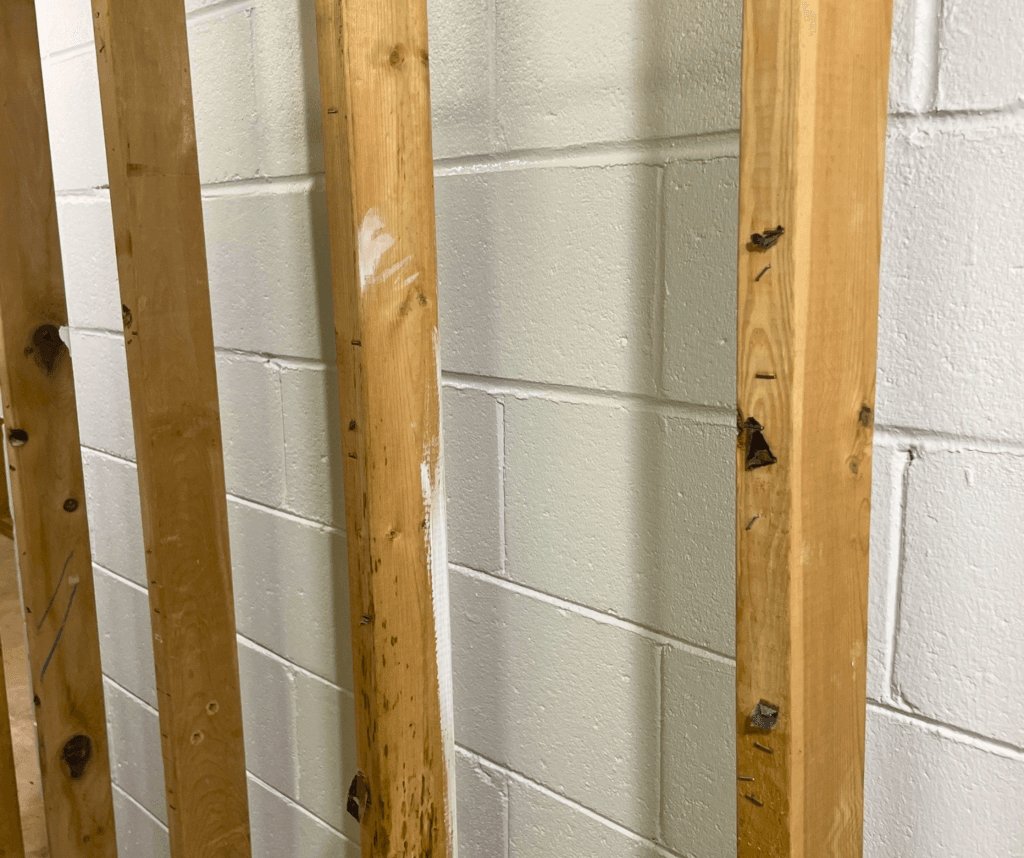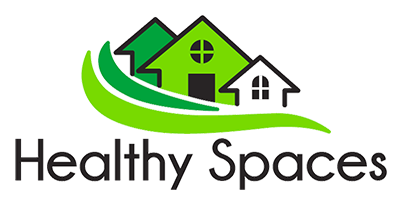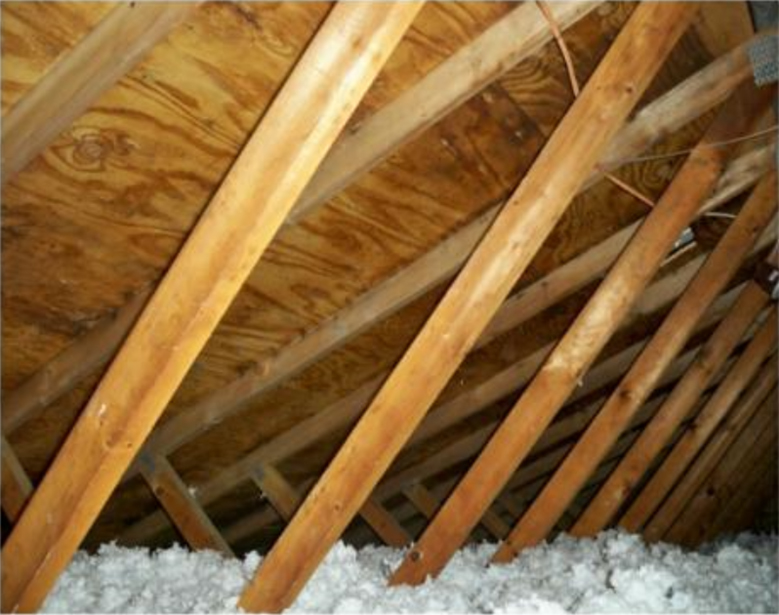Basement Mold Remediation

Before

After
Is There Mold In My Basement?
There are a few signs that you can look for to determine if you have a mold problem in your home:
- Visible Growth of Mold: Mold often appears as a black, brown, or greenish-colored growth on walls, ceilings, or other surfaces.
- Musty Odor: Mold has a distinctive musty smell that may be noticeable in the affected areas. When walking into a room with a unique odor, it may indicate you have mold in your home.
- Water Damage: Mold often grows in areas exposed to water damage, such as after a flood or a leaky pipe. It only takes 24-48 hours for mold to grow in the right conditions.
- Health Symptoms: If you experience symptoms such as sneezing, coughing, or skin irritation after spending time in a particular room or area of your home, this may be a sign of mold. Contact a local doctor immediately.


